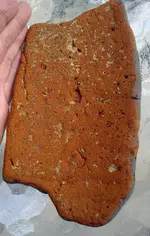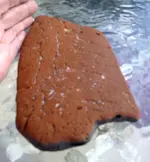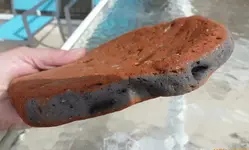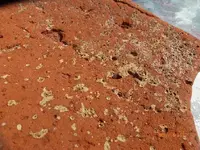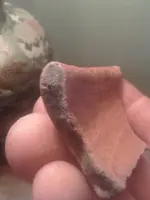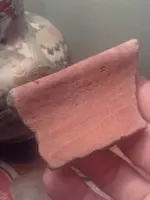BeachComber7
Sr. Member
- Joined
- May 12, 2012
- Messages
- 461
- Reaction score
- 66
- Golden Thread
- 0
- Location
- Treasure Coast-Florida
- Detector(s) used
- Bounty Hunter Pioneer and Tesoro deLeon
- Primary Interest:
- All Treasure Hunting
Found this on a Treasure Coast beach a few days ago. I thought it may be a shipwreck item but getting little response in that section. A couple thought it was Native American, but the who and the when are still the missing links!
Any thoughts on it?
Any thoughts on it?
Attachments
Upvote
0



